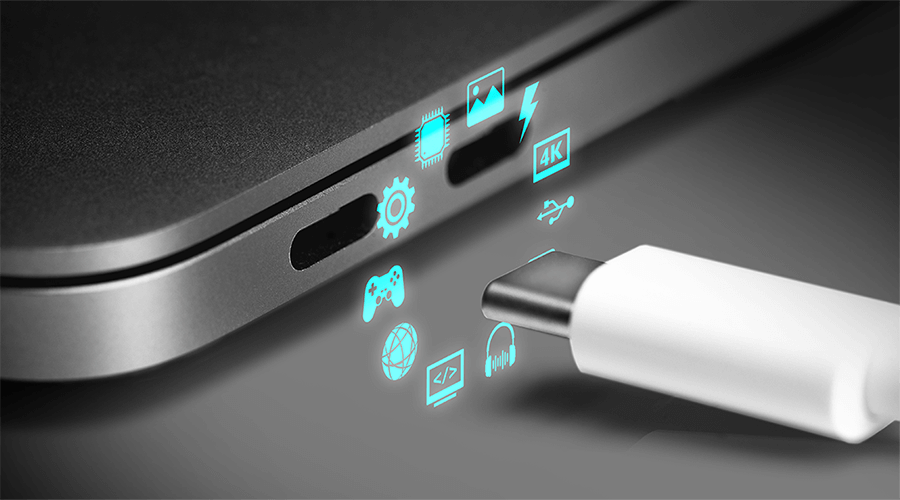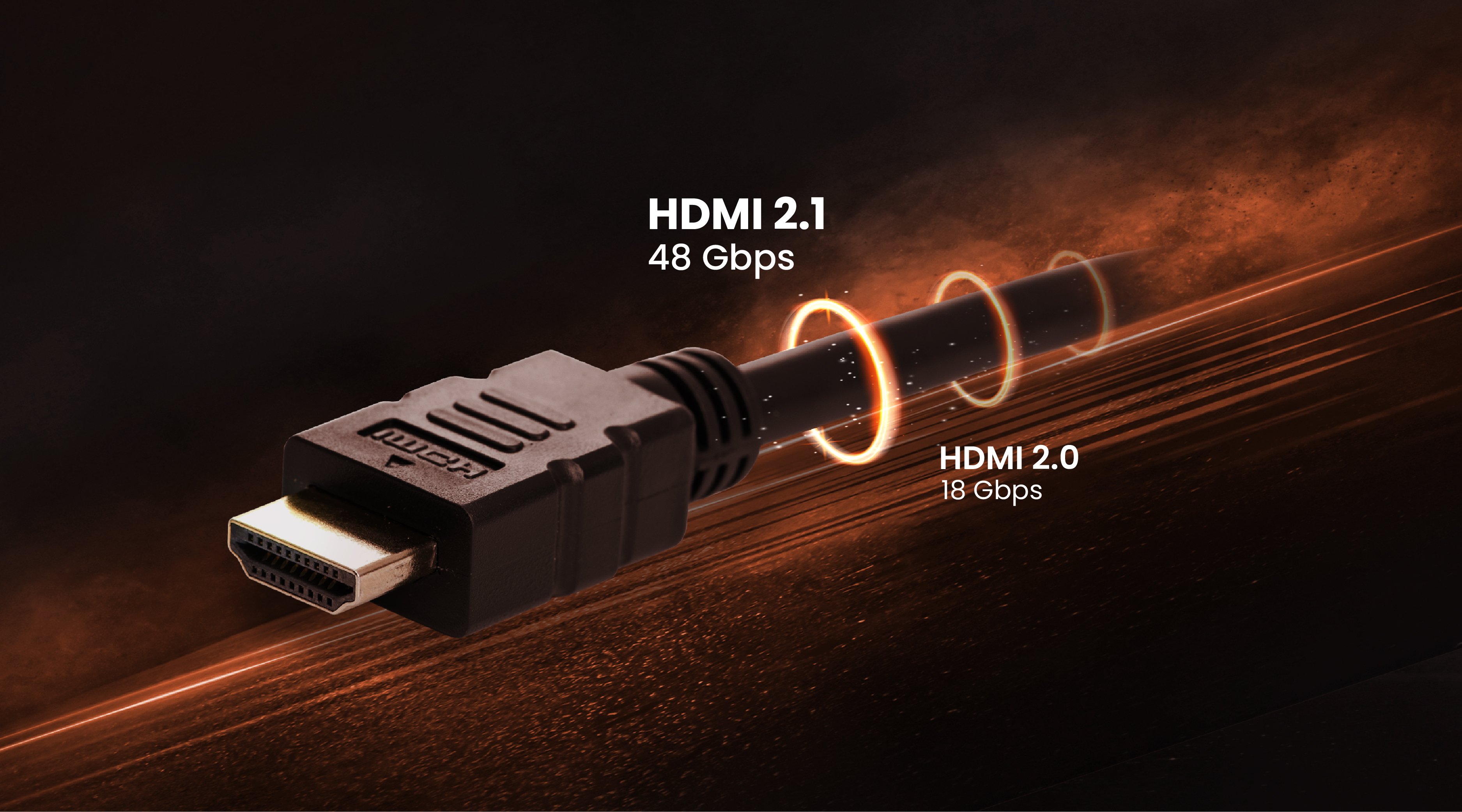If you live or work in a smaller space like a dorm room, studio apartment, or home office, you may be considering a portable projector for entertainment and work presentations. That’s because regardless of how compact your space, projectors support really big screen displays. But not all portable projectors are made equal and several key aspects should guide your choice.
Certain constraints do come into play when using projectors in confined spaces. If you get the wrong one, you’ll compromise viewing experiences. For example, choosing a full-size long throw projector with 4K and HDR may sound appealing if you have the budget. But that projector simply won’t work in a small studio apartment because it needs big living room distances to function. By the same token, a compact portable projector that weighs less than your laptop has a lot of appeal. But without Wi-Fi and Bluetooth it’ll be nearly useless and not much help for streaming content, entertainment or otherwise.
Don’t despair. The right portable projector for you is out there, and you want it because you’ve come to the conclusion that a big screen TV or large monitor may not be the best solution for your needs.
Let’s quickly review a laundry list of essentials to look for in portable projectors that will help you make the most of a small space.


1. Battery Life
The whole point of portable is movability. So naturally a true portable projector has an integrated power source. Be wary of so-called portables that seem compact but then have an external power brick that must be tied to the wall at all times. Those aren’t really portable, clearly. Good portable projector models use power efficient designs to extend battery life, providing you with at least three hours of non-stop binge watching or business presentations. Smart portable projectors give you options when it comes to power management. For example, you can opt for 480p or 720p instead of 1080p to slightly increase battery life, turn wireless connectivity on and off, and select from several light source modes.
In any case, a good portable projector runs on its own power for several hours and recharges quickly. Don’t compromise here.
2. Wi-fi and Bluetooth
There’s no point of having a portable projector that relies entirely on cables, as that defeats the whole portability aspect. Look for models with Wi-Fi (preferably dual channel 2.4GHz/5GHz) and Bluetooth. With those on board, connecting to everything from your router to your iPhones or Android phones becomes easy, so you have access to all your apps and content just as with other devices. Sure, good portable projectors have HDMI and USB-C, but those should not come at the expense of proper cable-free performance.
Wireless connectivity also allows projectors to remain updated with the latest firmware, downloading patches and new features without having to shut down or connect physically to the network.

![How to Choose the Best Monitor for Mac® Devices [2024]](https://image.benq.com/is/image/benqco/mac-monitor_thumb?$ResponsivePreset$)




